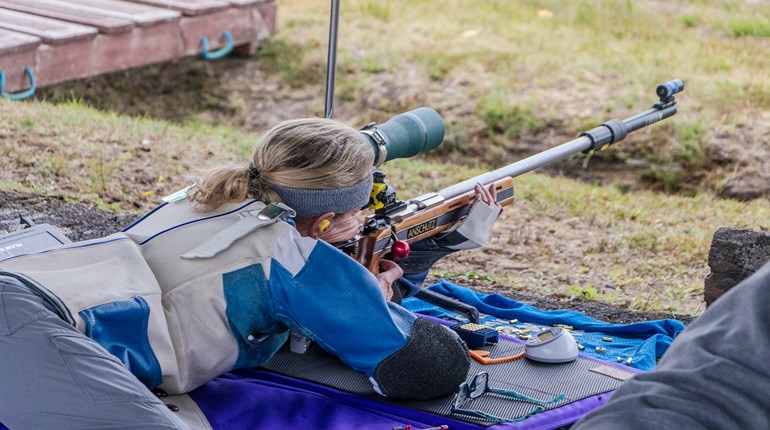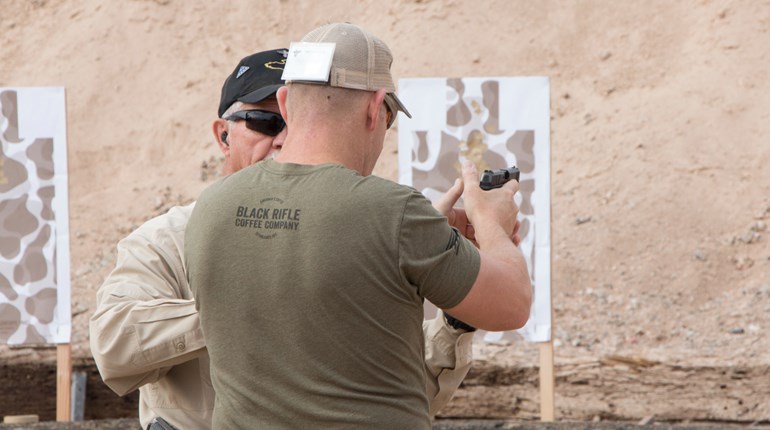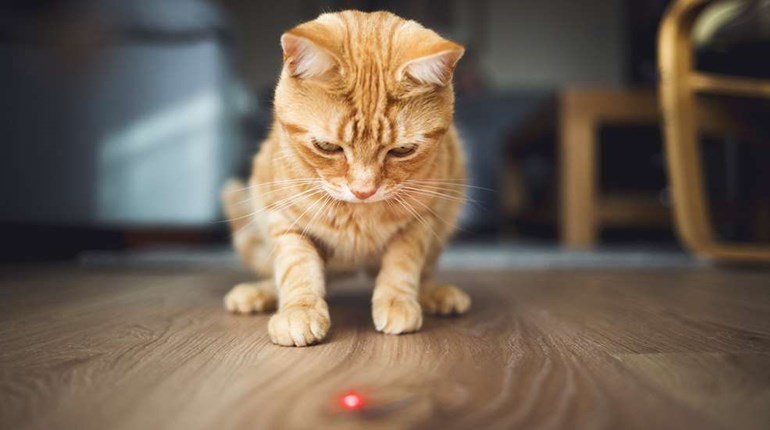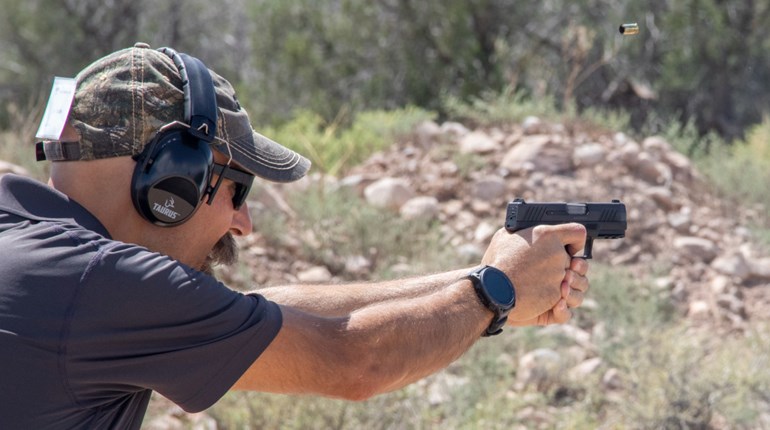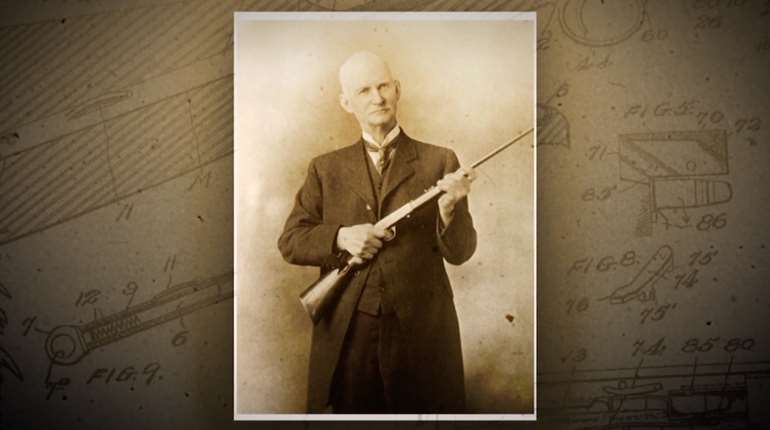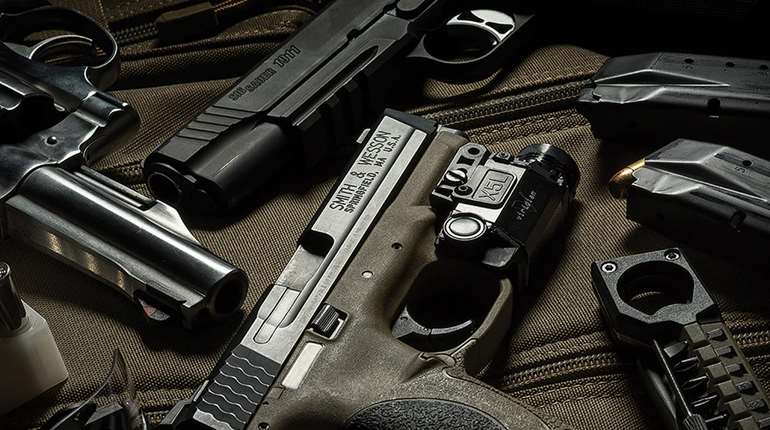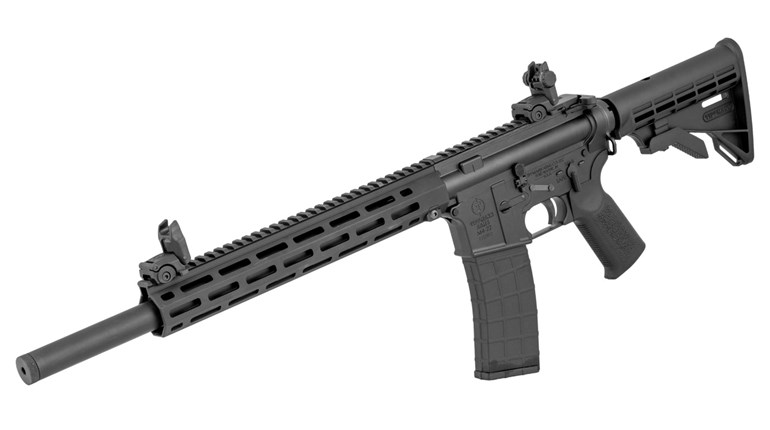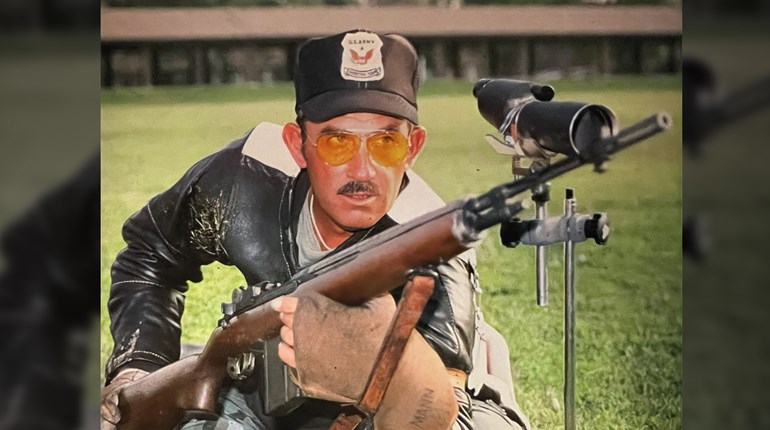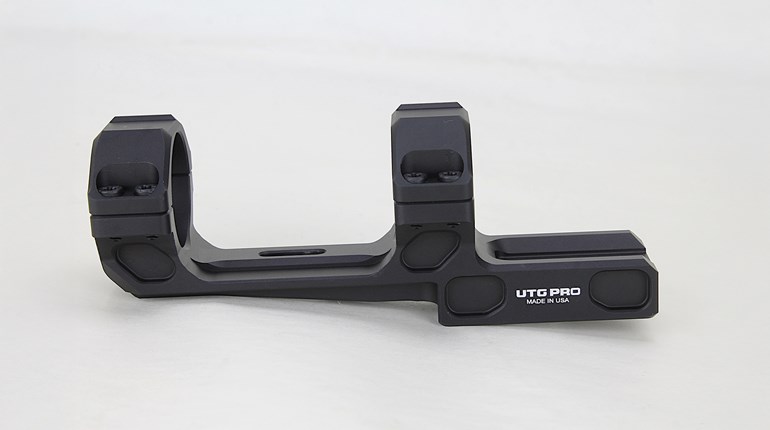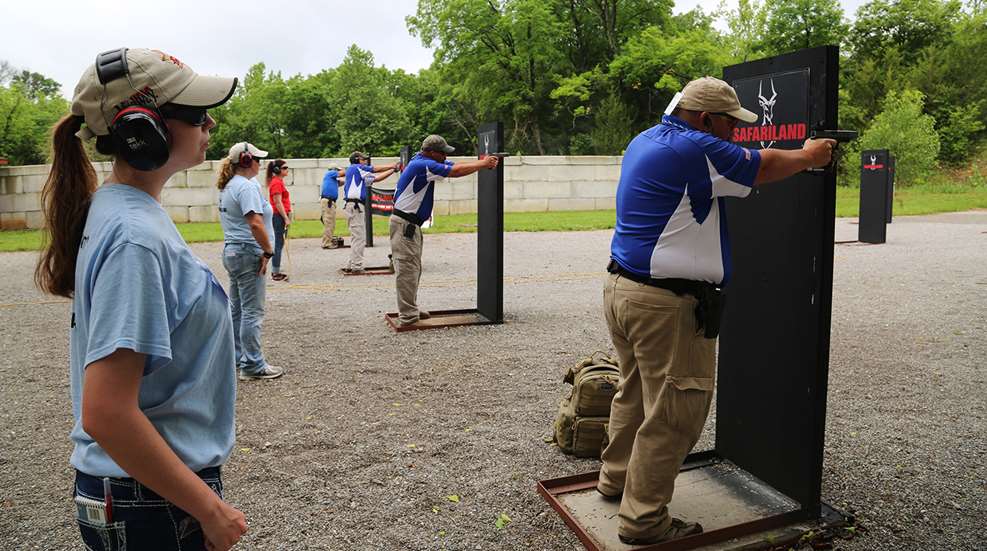
Barricades are a fact of life in action shooting competition. Shooters will see them in the United States Practical Shooting Association (USPSA), International Practical Shooters Confederation (IPSC), International Defensive Pistol Association (IDPA) International Confederation of Revolver Enthusiasts (ICORE), the Bianchi Cup and just about every “outlaw match.” To say they’re ubiquitous is an understatement.
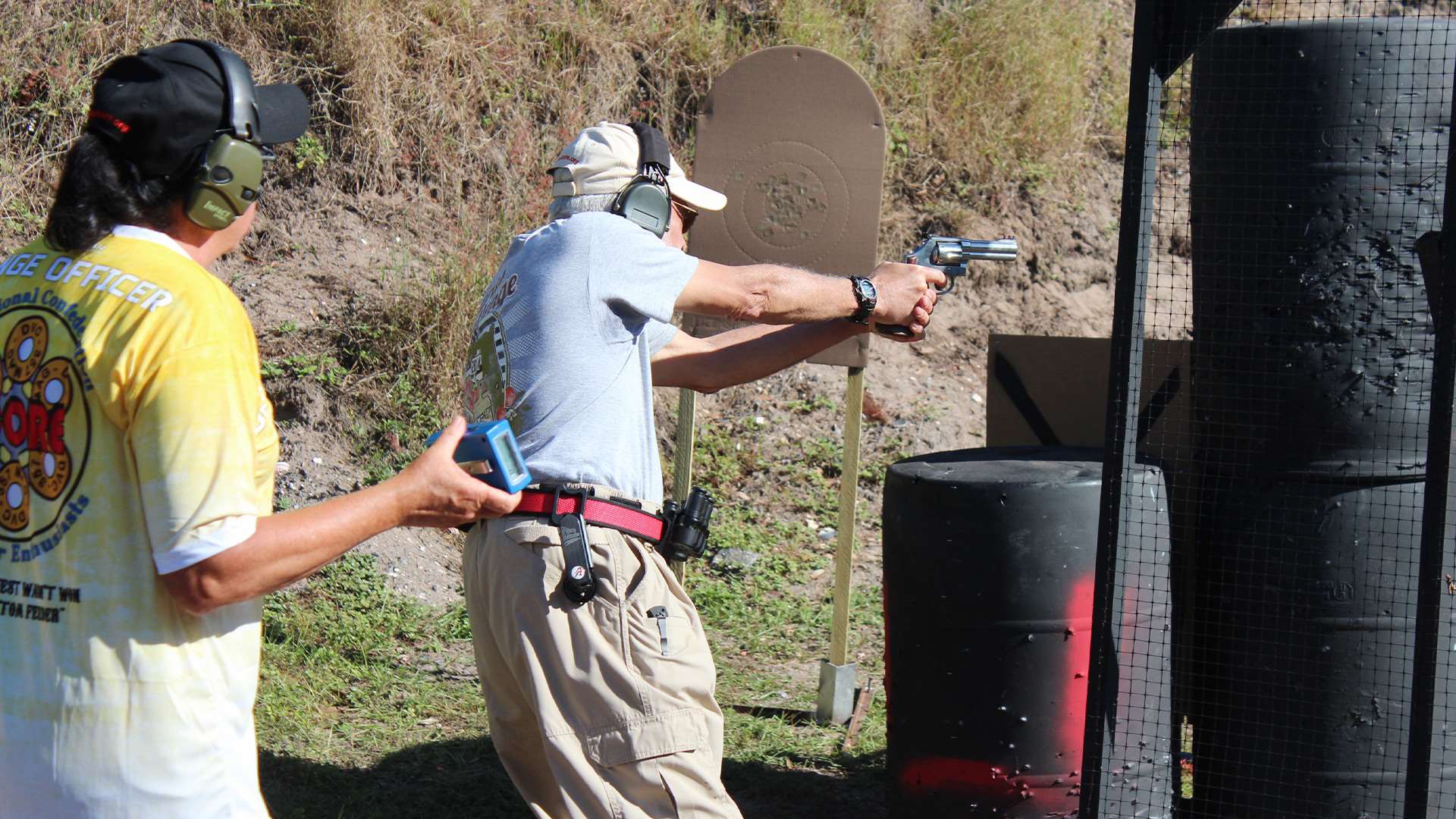
These barricades may be solid wood, netting or something else. But their purpose is the same—to serve as a vision barrier that forces shooters to engage the presented target array from a specified flat-footed (and sometimes uncomfortable) position. Foot fault lines invariably accompany barricades, and will result in penalties for those shooters who fail to get the Match Director’s message.
It’s extremely rare, although not unheard of, for a Course of Fire (COF) to be shot entirely behind one barricade. Instead, they will normally be spaced along the COF and shooters will have to move into them, engage the arrayed targets and then move out of them to the next shooting position.
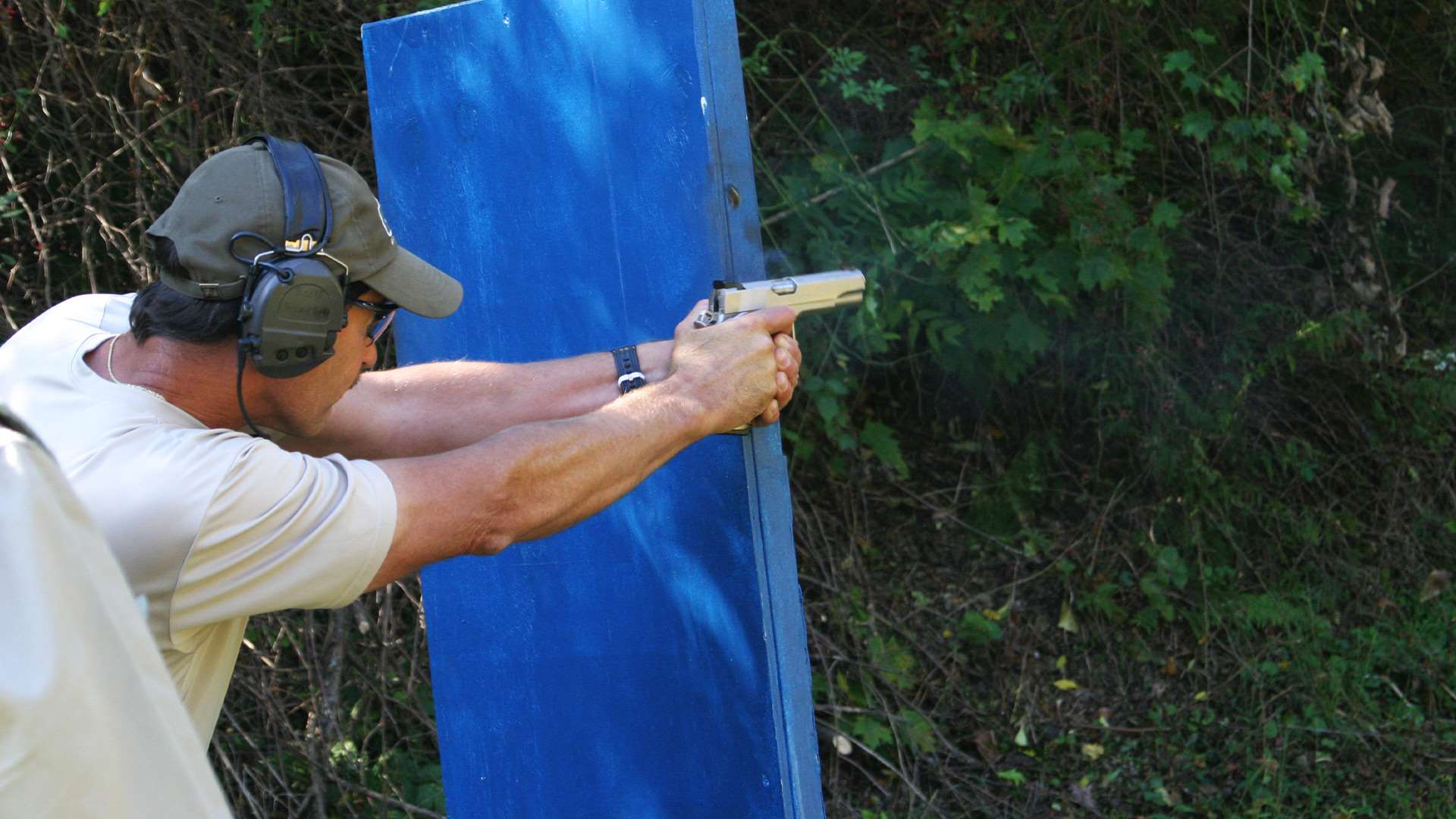
The key to beating the barricade is to know precisely where you have to be behind it prior to getting there. The shooter who runs up to a barricade and starts “hunting” the targets is already well behind the time curve. The “Prior Proper Planning” principle (the 3 Ps) during the pre-stage walkthrough is critical to success.
Experienced shooters will spend a lot of time on barricades during the walkthrough. They want to know if there is one foot position that allows them to engage all targets, while keeping the feet inside the fault lines. Sometimes that position may actually be far behind the barricade, which speeds entry and exit from the position while allowing accurate target engagement.
Snuggling up tightly to the barricade is not normally a good idea. It takes more time on the entrance and exit of that shooting position. But, there are times it can help. Some shooters find that steadying the back of the support hand on the barricade side can increase their accuracy on longer targets. It takes a bit more time, but the increased accuracy can allow the scoring to make that time up. At least it can if the barricade is amendable to it. Not all are. Nailing A- and O-zone hits at 25 yards (or more) loses its luster if the back of the support hand recoiling against a rough plywood barricade edge results in splinters and blood for the rest of the match.
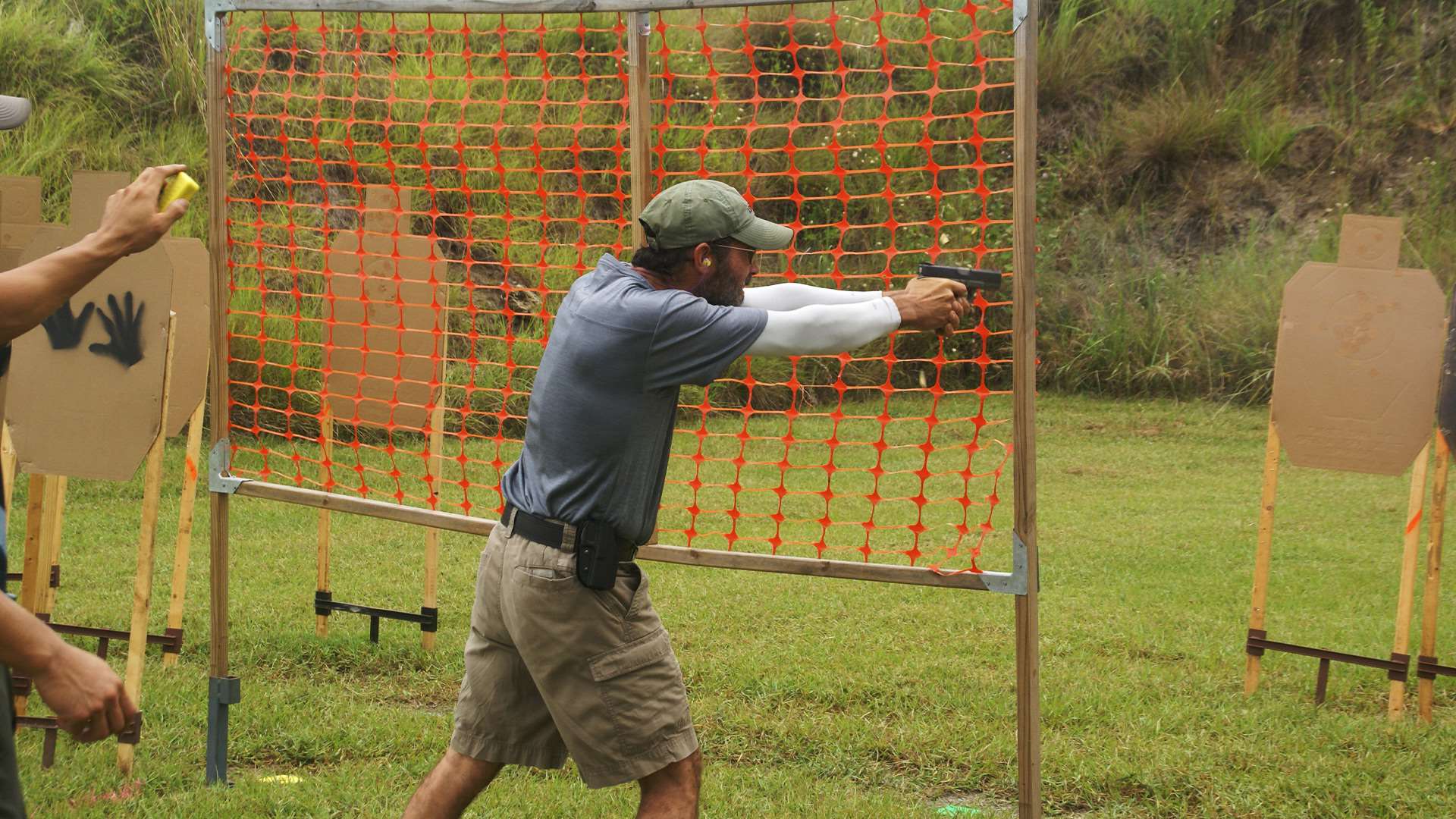
There are times, however, when snuggling is unavoidable.
Match Directors can be devious and sometimes place a target tucked in close behind the barricade, which mandates that a shooter get intimate with the barricade in order to reach around it to that target. Some Match Directors have a sadistic streak. I know one left-handed Match Director who delights in putting shooters on the left side of a barricade, with a single target tucked so far behind it to the right, that the only way a right-handed shooter could reach it with a freestyle grip is to either be seven-feet tall and rail skinny or take a foot fault penalty. This also applies to southpaw shooters behind a right-side barricade.
When confronted with this target array, the quickest option is to become an ambidextrous shooter and make a quick handgun shift to the weak hand to drill that target, and then shift back to freestyle while moving to the next position.
This need is even more pronounced for PCCs. Even a skinny seven-foot-tall shooter is unlikely to be able to bend far enough around. But PCCs can also be quickly shifted to the offside, although it’s a bit more complex.
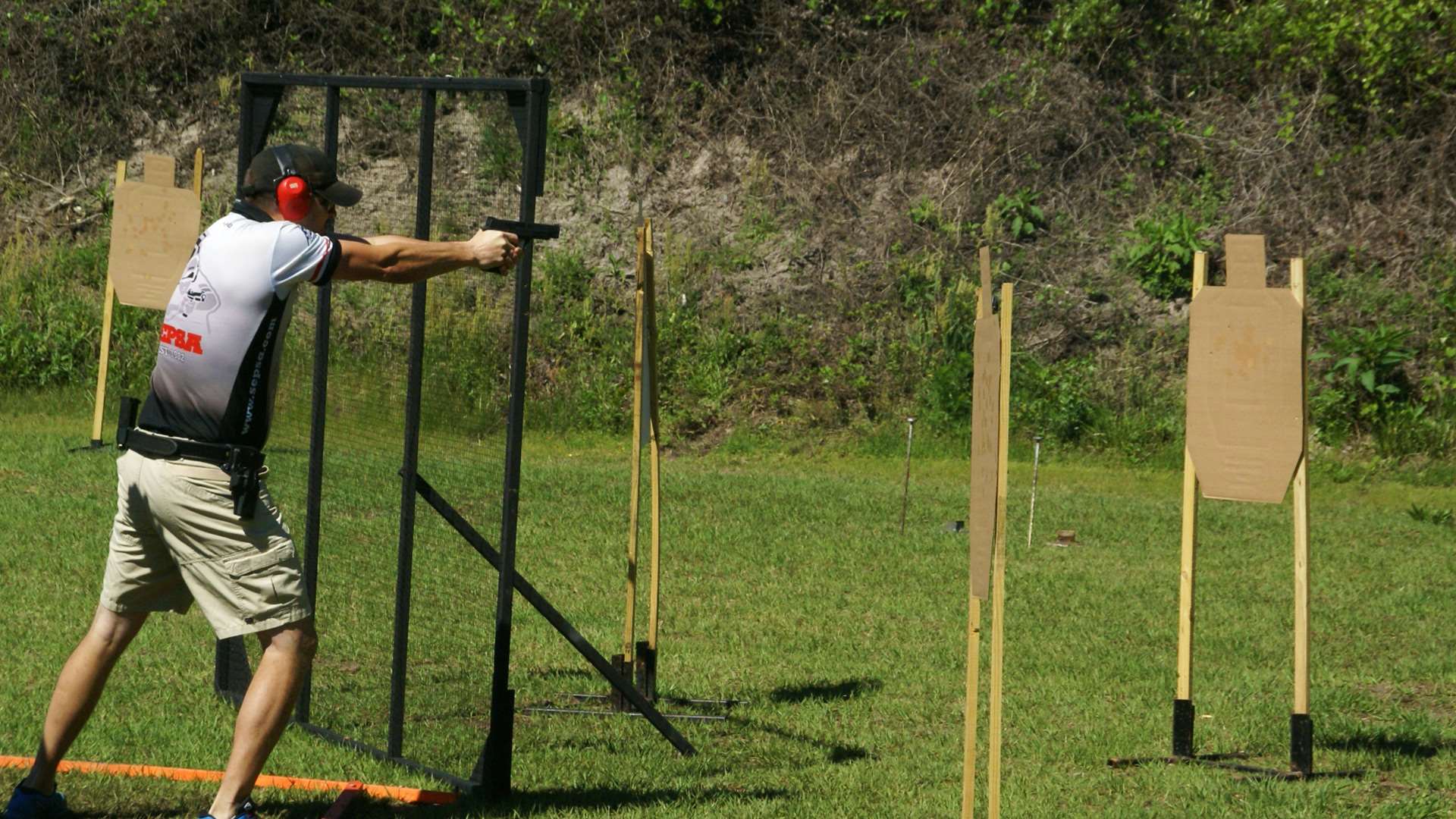
With the gun shouldered in the shooting position the trigger hand pushes the butt off the shoulder and slides it into contact with the center of the chest, while the support hand moves smoothly back to the magazine well and takes a firm grasp on the gun. The trigger hand then quickly moves to the forearm to grasp the gun firmly and take a support hand position. The previous support hand now slips back to the pistol grip, becomes the trigger hand, and shifts the gun to the shoulder mount. The reason for the chest contact with the butt plate is to prevent the muzzle from rising, and some clubs have a DQ rule for muzzles pointed over the berm. Those with serious upper-body strength may omit that if they find it’s not needed to control the muzzle angle. With little practice, this shift takes only a fraction of the time it takes to read this paragraph.
Barricades are intended to impede a shooter’s speed through the COF. Those shooters who arrive at the barricade, and then have to stop and think about what they need to do will be impeded. Those shooters who applied the 3 Ps, and arrive at the barricade knowing precisely where they need to be and what they have to do will have less problems. Remember—the knowledge gained during the walkthrough is key to beating the barricade.
Read more: How To Avoid A Sweeping DQ













